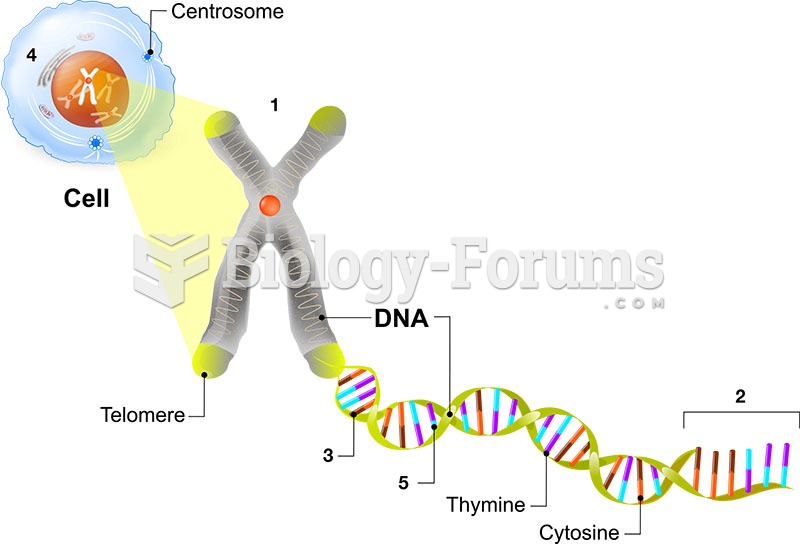Answer to Question 1
Prospecting: Prospecting is the search process of finding those who have the ability and willingness to purchase your product. A salesperson should be aware that good prospects generally display more interest in the product than poor prospects that are just looking..
Approach: It is extremely important to remember that the first 15 seconds sets the mood for the sale. The salesperson must use this time to begin enhancing the shopping experience of everyone who walks through the front door. The key to a successful approach is discerning the customer's needs as soon as possible by asking the right questions and listening.
Sales Presentation: The focus of the salesperson at this step is to get the customer to want to buy your product or service. The salesperson should tell the customer about the merchandise in an appealing way, stressing the features that are the outstanding qualities or characteristics of the product, and have the customer handle the merchandise. The salesperson can then help the customer decide on the product or service that best fulfills the customer's needs. The salesperson should handle any objection that the customer might have, replace the unneeded items, and continue to stress the features and benefits of the product the customer seems most interested in.
Closing the Sale: For most salespeople, closing the sale is the most difficult part of the job. In fact, by some estimates, almost three-quarters of all lost sales occur during this stage of the selling process because the salesperson didn't ask for the sale.. The key to closing the sale is to determine what is going on in the customer's mind.
Over the years, good salespeople have found three easy steps to be effective when dealing with the problem of postpurchase resentment:
Always congratulate the customer for making a wise decision.
Always send a thank-you note.
Get the customer in possession of the product as quickly as possible.
Suggestion Selling: The salesperson should find out if the customer has any other needs or if the customer knows of anybody else with needs that can be solved with the salesperson's product line. Many customers appreciate suggestion selling because it often eliminates a second shopping trip. However, it may also decrease a consumer's satisfaction with the retailer as some customers view suggestion selling as an annoyance.
Answer to Question 2
T







